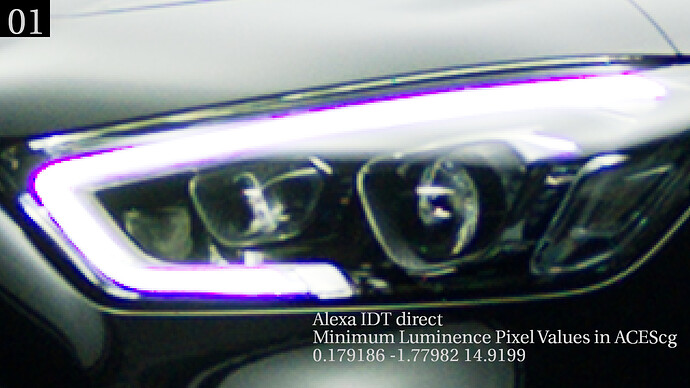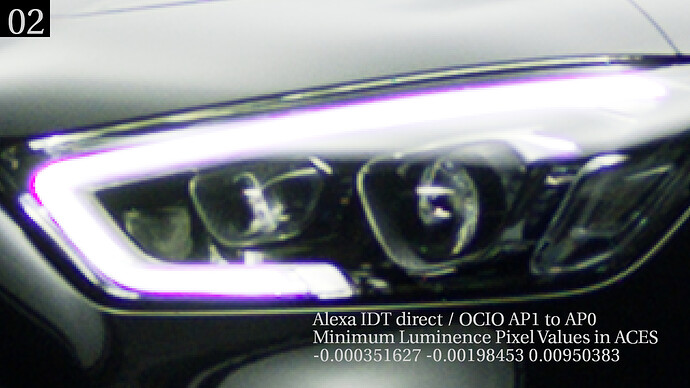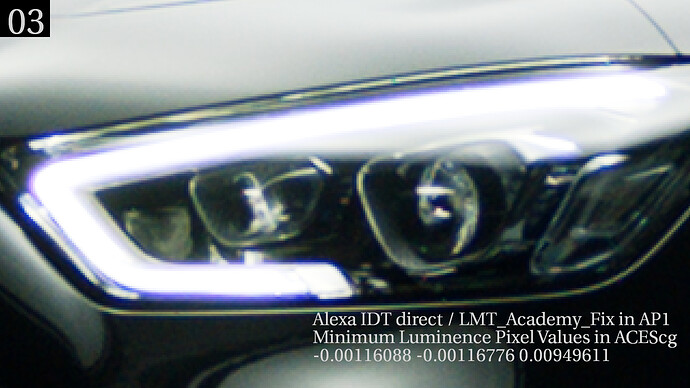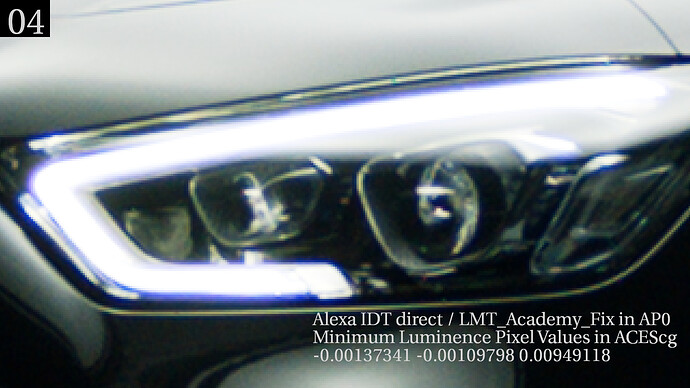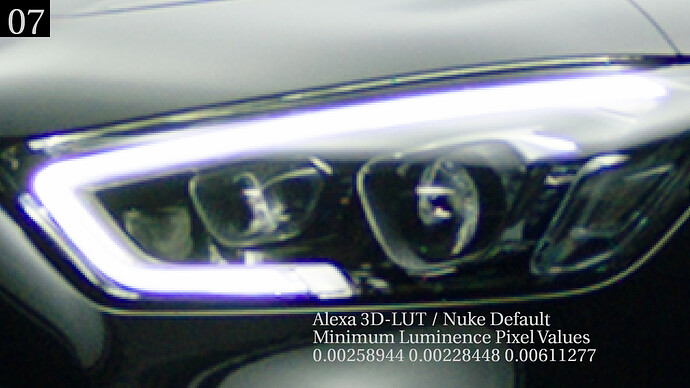ACES Gamut Mapping VWG Meeting #30
Thursday, September 24, 2020
9:30am - 10:30am Pacific Time (UTC-4:30pm)
Please join us for the next meeting of this virtual working group (VWG). Future meeting dates for this month include:
- TBD
Dropbox Paper link for this group:
We will be using the same GoToMeeting url and phone numbers as in previous groups.
You may join via computer/smartphone (preferred) which will allow you to see any presentations or documents that are shared or you can join using a telephone which will be an audio only experience.
Please note that meetings are recorded and transcribed and open to the public. By participating you are agreeing to the ACESCentral Virtual Working Group Participation Guidelines
Audio + Video
Please join my meeting from your computer, tablet or smartphone.
https://global.gotomeeting.com/join/241798885
First GoToMeeting? Let’s do a quick system check: https://link.gotomeeting.com/system-check
Audio Only
You can also dial in using your phone.
Dial the closest number to your location and then follow the prompts to enter the access code.
United States: +1 (669) 224-3319
Access Code: 241-798-885
More phone numbers
Australia: +61 2 8355 1038
Austria: +43 7 2081 5337
Belgium: +32 28 93 7002
Canada: +1 (647) 497-9379
Denmark: +45 32 72 03 69
Finland: +358 923 17 0556
France: +33 170 950 590
Germany: +49 692 5736 7300
Ireland: +353 15 360 756
Italy: +39 0 230 57 81 80
Netherlands: +31 207 941 375
New Zealand: +64 9 913 2226
Norway: +47 21 93 37 37
Spain: +34 932 75 1230
Sweden: +46 853 527 818
Switzerland: +41 225 4599 60
United Kingdom: +44 330 221 0097

